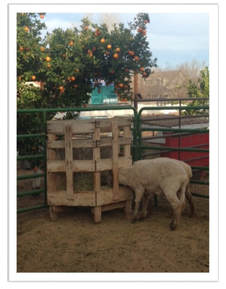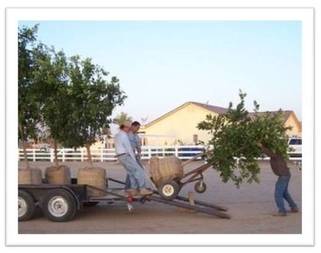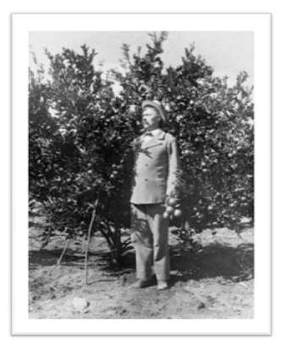|
|
Growing and harvesting (l) Varieties // Processing (r) |
|
|
Many colors, many flavors
With a nod to our state's agricultural history, but more especially because we love its juicy goodness, The Farm at the End of the Road grows a variety of citrus that provides fresh fruit over a period of about six months, and frozen juice stockpiled for the rest of the year. When we learned that citrus can be much more than a grocery story navel orange, we chose eight varieties of oranges including the ever-popular Washington navel, but also the pink Cara-Cara, several burgundy oranges and the delicious purple-fruited Sanguinelli. Limes that ripen in July and August, zipper-skinned Clementine tangerines, two kinds of tangelos and giant pumelos round out the collection. There are enough choices to suit everyone's taste! |



